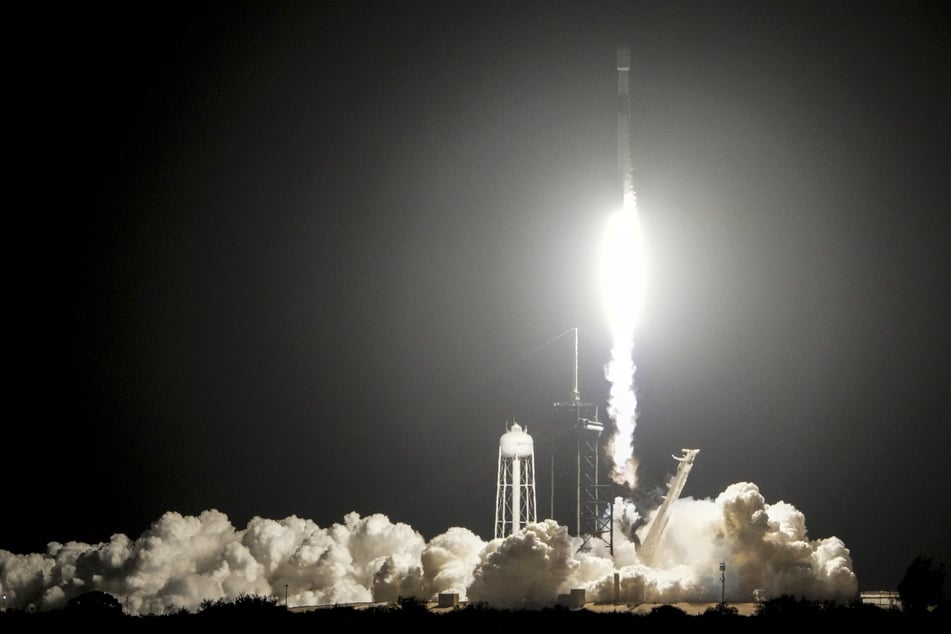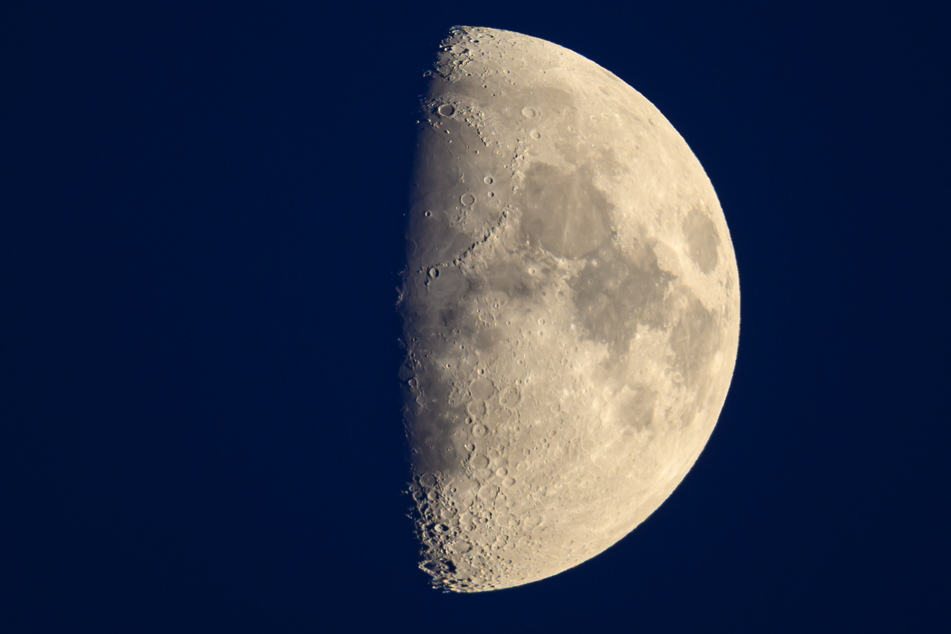A rocket takes off for the moon: this is what it's carrying
By Christina Horsten
Cape Canaveral (USA) - Two commercial lunar landers have begun their journey to Earth's satellite. With the help of a Falcon 9 rocket from tech billionaire Elon Musk 's space company SpaceX , they lifted off from the Cape Canaveral spaceport in the US state of Florida and were successfully launched, as live images from the US space agency NASA showed.

This marks the start of a year full of moon missions. According to the US space agency NASA, five more unmanned flights to the moon with soft landings on the surface are planned in addition to the two landers that have now been sent off.
At the top of the Falcon 9 rocket was the Blue Ghost lunar lander, developed and built by Texas-based Firefly Aerospace. The second lunar lander is "Resilience" from the Japanese start-up ispace. The first is due to arrive on the moon in around 45 days, the second in four to five months.
The "Blue Ghost", which is around two meters high and three meters wide, contains materials and instruments for ten scientific investigations by NASA, which will be used to study the moon for around two weeks in preparation for manned missions there.
Among other things, it will investigate how self-cleaning glass can be used to prevent dust deposits.
Exploration and collecting samples

After two weeks, i.e. a whole day on the moon, the sun will set at the landing site. "Blue Ghost" will take photos of this spectacle and provide data on how the loose rock on the moon reacts to the influence of the sun at dusk.
The mission, called "Ghost Riders in the Sky", is the first lunar mission by Texas-based Firefly Aerospace, which has so far mainly developed launch vehicles.
"Resilience" also carries the mini-vehicle "Tenacious", which is designed to explore the lunar surface and collect loose material with a scoop. Also on board is an art project by Swedish artist Mikael Genberg. It is a small red and white house, a typical Swedish house.
Landings are planned in two different regions of the moon:
"Blue Ghost" is to touch down in the so-called "Mare Crisium", a lowland plain with a diameter of around 500 kilometers. "Resilience" is heading for a shallow lunar sea, the "Mare Frigoris".